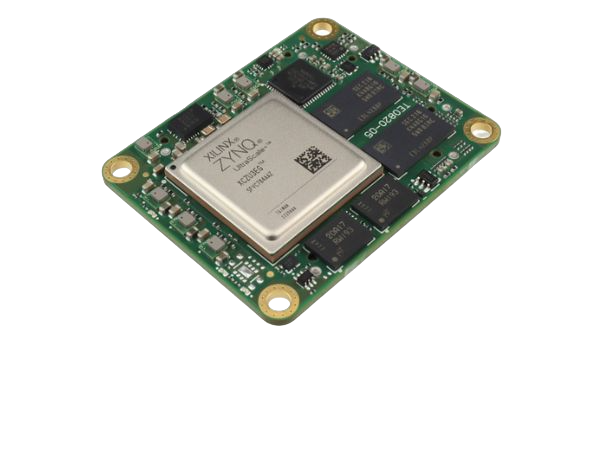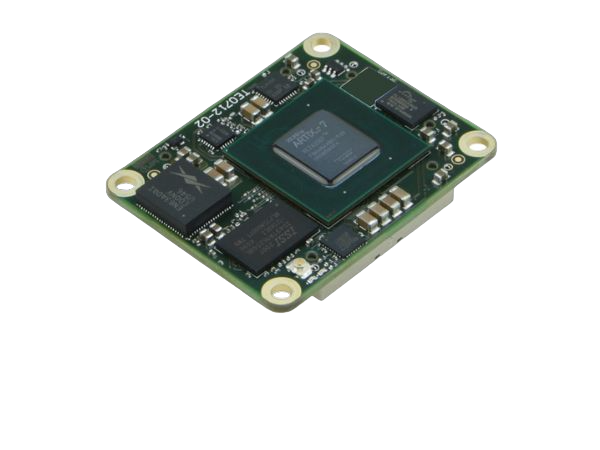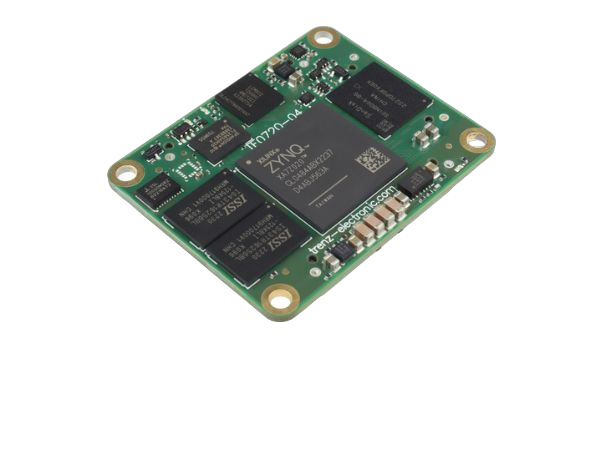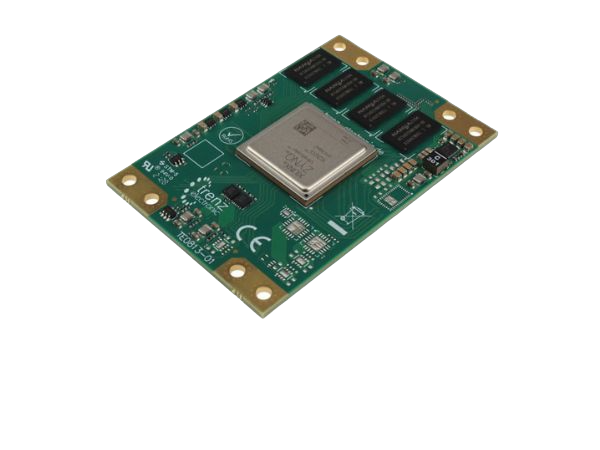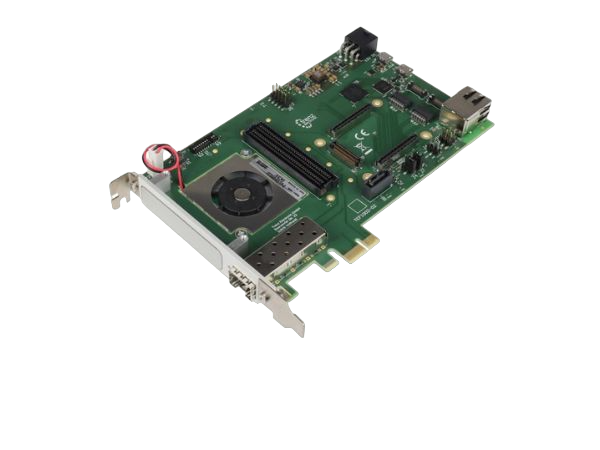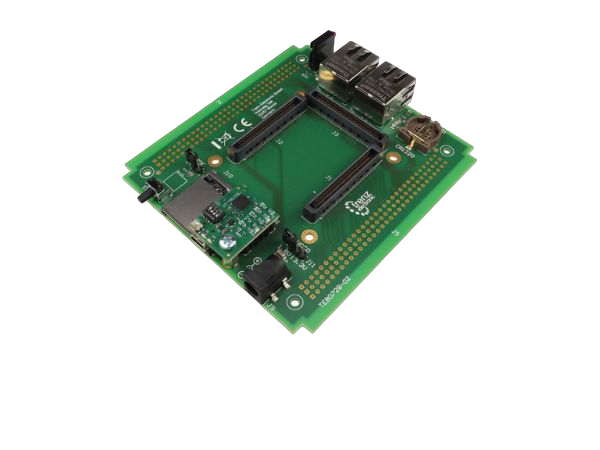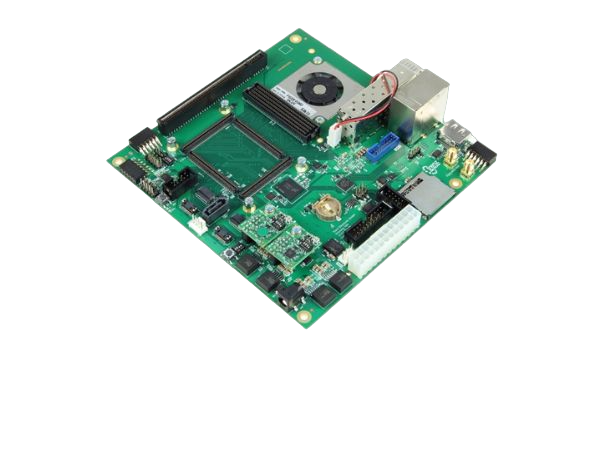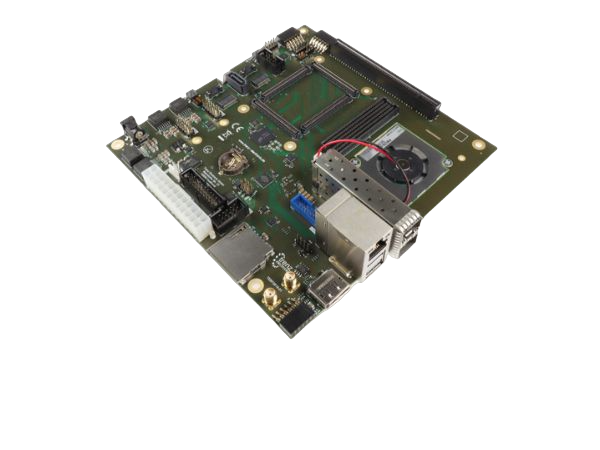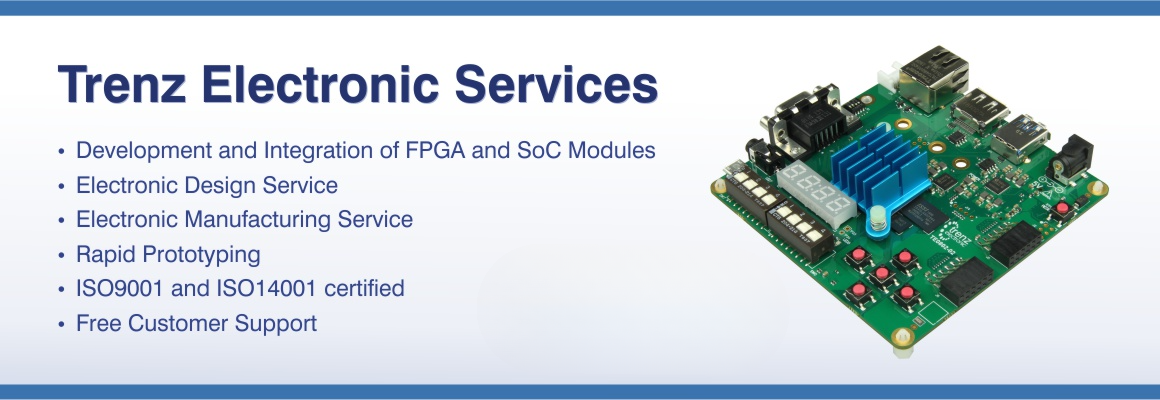

MLE’s partner, Trenz Electronic, offers FPGA Starterkits, FPGA modules (System-on-Modules), Carrier Boards and Chip-Down Turnkey Solutions.
FPGA Starter Kits
FPGA Starterkits get you faster and closer towards your FPGA target hardware. Trenz Electronic has been designing Starterkits for engineering purposes: Components have been carefully selected for availability, cost / performance and manufacturability (not just for marketing reasons). And, more important, Trenz Electronic Starterkits have a clear path towards product ramp-up, either via a risk-optimized, customized baseboard with a SoM, or via a cost-optimized so-called chipdown implementation.
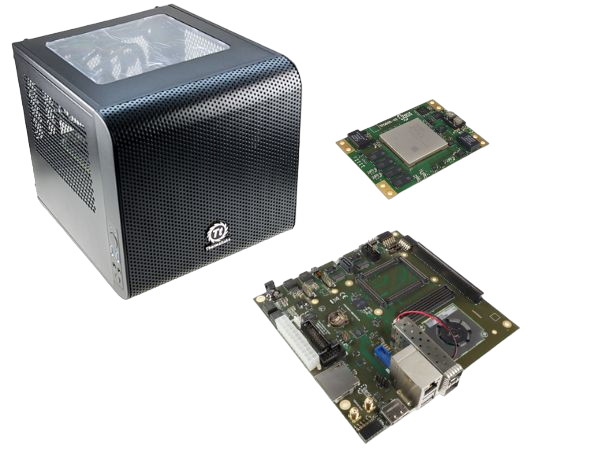
FPGA Modules (System-on-Modules)
FPGA Modules, (System-on-Modules, SoM) are Components Off-the-Shelf (COTS) which significantly de-risk your system design because many tedious and risky engineering steps have been taken care of already: Clock, power, reset, configuration, high-speed memory interfaces, etc have been implemented in a reliable and fully tested module. You can pick from large variety of SoMs with different device families, device temperatures and device speed-grades. This is combined with a very competitive pricing because you benefit from volume-based step-pricing even if you need very few units.
Carrier Board Design for FPGA Modules
Obviously, MLE and Trenz can help you with the design and manufacturing of your custom carrier board. Please contact us to discuss technical and commercial details. Until your custom carrier board arrives we suggest you can start development by using one of our ready-to-run carrier boards:
Chip-Down Turnkey Solutions
Depending on your SWAP-C (Size, Weight and Power and Cost-Down) requirements, your FPGA target hardware can be implemented via a so-called “Chip-Down” Turnkey solution. For a low NRE fee we “stretch” the PCB of the SoM to make additional space for extra components and connectors. Hence, the SoM becomes your FPGA single-board computer. This optimizes the Bill-of-Materials as it removes unwanted components including the headers between the former SoM and the former carrier board.
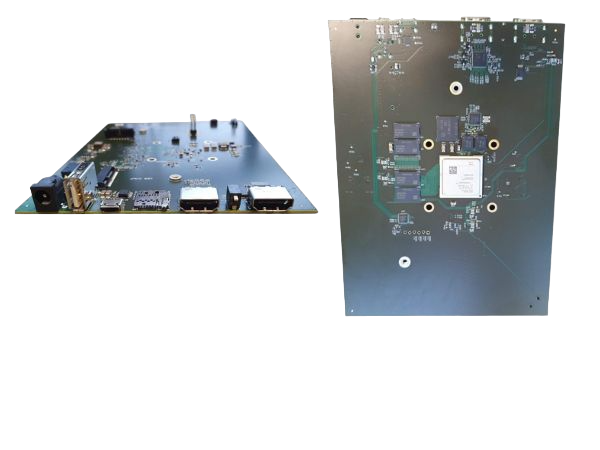
Integrated Solutions for Success

Success Story
4k Video Processing in FPGA with HDMI 2.0
Support a semi-custom / chip-down PCB design based on FPGA Modules (System-on-Module) from Trenz Electronic GmbH with HMDI Input and Output, hardware bring-up and testing, integrate and test HDMI 1.4/2.0 Rx and Tx subsystem (Xilinx PG236 v3.1 and PG235 v3.1) for 4k video processing, integrate Xilinx PetaLinux-based processing system for management and control.

Application Note
Shift-Left Your FPGA Design Projects
FPGA Full System Stacks comprising off-the-shelf FPGA Modules (System-on-Modules, SoM) plus pre-validated FPGA IP Cores and subsystems can greatly accelerate the time-to-market of your FPGA design project.


